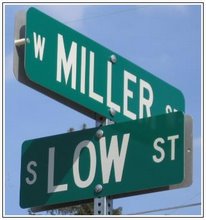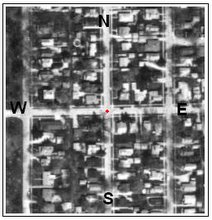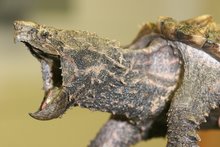
Lepomus machrochimus
The bluegill is a very common fish throughout the state and is probably the most plentiful fish in Miller Park Lake. It is the most frequently seen member of the sunfish family and is recognized by its olive to yellow colored stripes and its distinctive black spot behind the gills. It can grow to about nine inches in length – although I have never caught one that big. A bluegill can weigh about twelve ounces – although, again, I have never caught one that heavy. Bluegills are carnivorous. They mainly eat aquatic insects and insect larvae. They also eat smaller fish, crayfish, and snails, and algae when food supplies are low. They love night crawlers, dew worms, or whatever you want to call the big red worms that come out in the yard at night. Kernels of canned corn and small pieces of Oscar Meyer hot dogs are good bait for bluegill fishing too.
Clear lakes with large amounts of aquatic vegetation are often teeming with bluegill. The fish can also be found in a variety of habitats, such as pools, overflow ponds, oxbows, swamps, and man-made reservoirs. In the summer bluegills build nests in water about two feet deep or less. These nests are shallow, circular indentations and are frequently in areas with gravel bottoms. Several males may build nests in one small area. Females lay eggs in the nests and the males guard the eggs until they hatch. We would use corn to catch the bluegills and then in turn use the bluegills to catch crawdads. More on crawdads in another post.




No comments:
Post a Comment